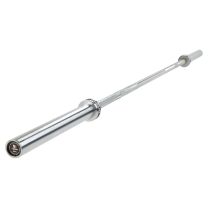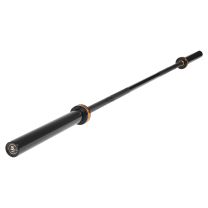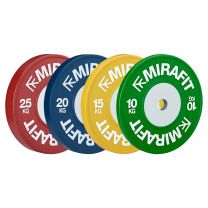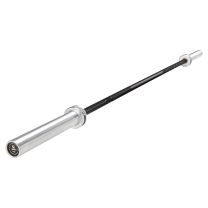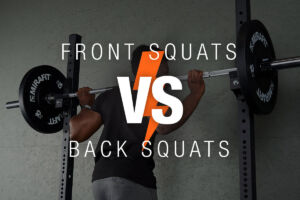Low Bar Squat vs High Bar Squat
Low Bar Squat vs High Bar Squat

The Barbell back squat is one of the most commonly used lower body exercises in an effective strength programme, with many regarding it as the gold standard for measurement and development of lower body strength. But not only can everyone look slightly different during a back squat, but there are also two main variations of barbell back squats. They are the High Bar Back Squat and the Low Bar Back Squat.
The two variations differ in the placement of the bar on the upper back, which effects the way the rest of the body below it is needed to move to keep the bar over our base of support (the centre line of your feet). This then effects the relative adaptation we experience in different muscles and thus may inform our decision upon which variation to use in our training.
How To Do a High Bar Back Squat

The high bar back squat places the barbell across the upper traps, just below the spinous process of the C7 spinal vertebrae.
• Step under a barbell, with the Squat Rack set just below shoulder height, with your hands grasping the bar approximately just outside shoulder width.
• Pull your body up into the barbell so it sits across the top of your traps, squeezing your shoulder blades back and down to create a big platform for the bar to sit on.
• Take a deep breath and brace before standing up and away from the squat rack.
• Place your feet approximately shoulder width facing slightly outwards, approximately 10 and 2 on a clockface.
• Take another deep breath and brace before sitting down between your legs, as deep as you can before standing back up, keeping your chest upright throughout.
How To Do a Low Bar Back Squat

The low bar back squat places the barbell on the lower traps, across the posterior deltoids.
• Step under a barbell, with the squat rack set slightly further below shoulder height than on a high bar back squat, with your hands grasping the bar slightly wider than the high bar variation.
• Pull your body up into the barbell so it sits across the back of your traps, squeezing your elbows together and extending your upper back as much as you can to create a big platform for the bar to sit on.
• Take a deep breath and brace before standing up and away from the rack.
• Place your feet outside shoulder width facing slightly outwards, approximately 10 and 2 on a clockface.
• Take another deep breath and brace before sitting down between your legs, as deep as you can before standing back up, Maintaining a natural forward torso lean.
The Difference Between High Bar Squats and Low Bar Squats
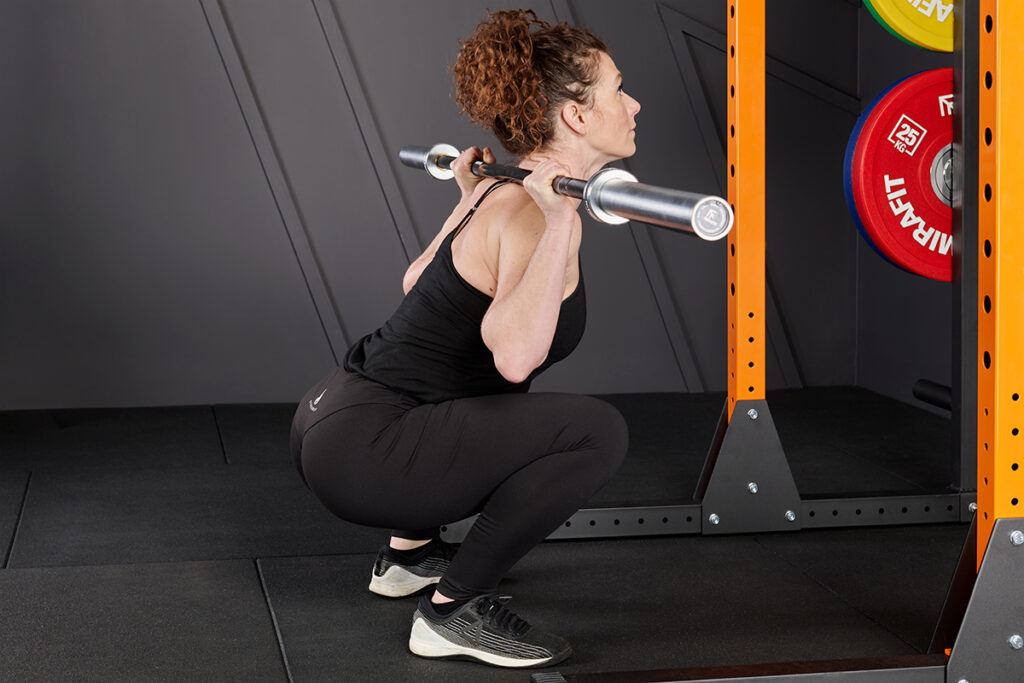
• The high bar squat is more anterior dominant; it is better for training the quads.
• The low bar squat is more posterior dominant; it is better for training the glutes and erector spinae.
• The high bar squat allows you to squat deeper and with a more upright torso.
• The low bar squat typically allows you to lift more absolute weight.
What Type of Squat Should You Do?

Frist things first, you can easily use both; they are not mutually exclusive. But there are situations in which choosing one over the over is generally best practise, for example -
If You Are an Olympic lifter or do a lot of weightlifting
The high bar back squat would likely be the best choice because it more closely aligns with the positions you encounter during your cleans and snatches.
If You Are a Powerlifter
Choosing the low bar back squat is likely the best choice because it will usually allow you to lift more weight, which is important in a competition scenario. There may also be some cross over effect on your deadlifts, another competition lift, given that the focus is more posterior, just like in the deadlift.
If you Have Aesthetic Goals or want to Strengthen a Specific Muscle Group
You may bias one over the other. For instance, for more quad growth, you would pick the high bar back squat.
If You Are Recovering From Injury
You may pick which ever variation is more manageable at the time.
We hope this has been useful in helping you decide which variation is for you! Remember, there is no one way to exercise, all movement is improvement, but there are subtle changes you can make to your training to be more specific to your goals!
Want to learn more about squat variations? Why not try the Zercher squat?
Written by guest author Ewan Hammond.
For more content, follow us on Instagram, YouTube, TikTok, and on our official Mirafit Facebook page.
Enter your email to signup to our newsletter
Tags: Equipment > Bars & Weight Plates ; Exercise Type > Strength

